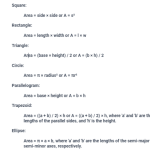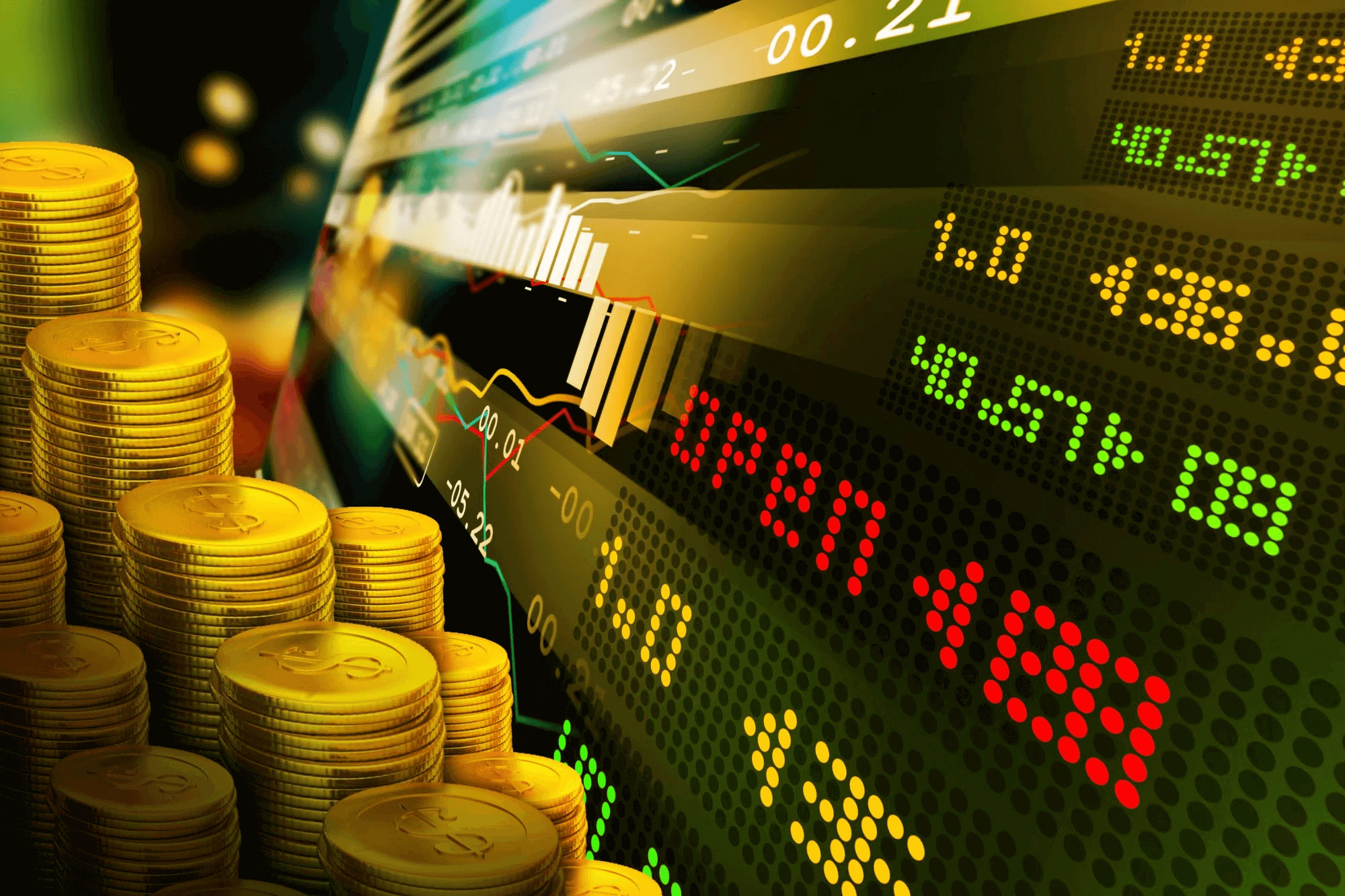Forex trading allows investors to buy and sell currencies, but it also comes with several costs and fees that can impact your profits. As an forex trader, it’s important to understand all the potential expenses upfront so you can determine if trading currencies is viable and practical for your financial situation.
The spread is the biggest cost of forex trading. When you open a trade, you pay the higher sell price and when you close the trade, you sell at the lower buy price. Spreads vary depending on the currency pair and liquidity, but they can be anywhere from 1 to 5 pips.
Platform and software fees refer to the costs for using a broker’s trading platform, trading software, mobile apps or any other tools needed for placing and managing your trades. Many forex brokers offer their platform and software free for retail traders, but some charge licensing or subscription fees, especially for more advanced platforms with extra features.
Commissions are charged only by some forex brokers and are typically a small fee for each trade placed. Commissions help cover the costs for facilitating your trades and range from $0 to $30 per 100,000 units of a currency pair. Most reputable brokers today offer zero commissions.
Account fees include charges for maintaining your forex trading account, funding/withdrawing money and inactivity fees if there is no account activity for a period of time. These fees are often waived with a minimum account balance requirement, which can be $200 to $10,000 depending on the broker. Boldprime are best Broker in Malaysia and best broker in Pakistan is Orfinex .
Most forex brokers require a minimum account balance in the range of $200 to $10,000. Some key points about forex broker minimum balances:
- $200-$500 – This is a common minimum balance requirement for micro-lot forex trading accounts. It allows you to trade very small lot sizes (0.01 lots or less) but with high spreads, the costs can outweigh the profits from small trades. Only suitable for very small accounts or demo practice.
- $2,000-$5,000 – This minimum balance tier is good for trading standard lot sizes (100,000 units of a currency pair) with reasonable spreads and costs. It provides more flexibility and profit potential than a $200 account but the balance is still relatively small. Good for new or smaller forex accounts.
- $10,000+ – Higher minimum balances of $10,000 or more typically provide access to lower spreads, higher leverage (up to 1:500 or more), more currency pairs and tools, and additional benefits like educational resources or account managers.
- Zero minimum – A few forex brokers actually have no minimum balance requirement at all to open an account. However, they will usually impose other restrictions on very small balances like limiting maximum trade sizes or disabling certain trading features. Zero minimum allows complete access but with higher costs due to less financial commitment.
- Waived fees – Most brokers will waive or credit back account fees, commissions and maintenance costs if you meet their minimum balance threshold. Keeping a balance well above the minimum ensures you continue to benefit from all fee waivers and continue accessing more features.
There are several benefits to maintaining a higher account balance for forex trading:
- Lower spreads. Brokers typically offer lower spreads and tighter bid-ask pricing for accounts with larger balances. The more capital they have access too, the less risk they assume, so they can afford to give you better prices. Lower spreads mean more of your profits stay in your pocket.
- Greater leverage. Most forex brokers increase your maximum leverage as your account balance grows larger. Higher leverage allows you to control bigger trade sizes with less capital, but also increases your risk. Only increase leverage if you feel ready to take on more risk.
- Access to more features. Brokers often unlock more advanced platforms, tools, services and education resources for accounts with higher balances. Things like automated trading systems, customized charts/indicators, higher withdrawal limits, etc. These features can improve your trading results but need to scale appropriately with your experience.
- Reduced margin requirements. With an larger balance, you can open more trades and control bigger positions with less margin in your account. Margin acts as a sort of collateral, so less margin means less capital tied up and more flexibility. But only risk what you can afford to lose even with lower margins.
- Fewer restrictions. Higher account balances usually mean less restrictions on trading sizes, accessing new currency pairs, enabling certain features or moving money in/out. As a new trader, these restrictions help protect you until you gain more skills and experience. Grab more flexibility along with knowledge.
- Peace of mind. Knowing you have substantial cash reserves easily accessible at short notice can help reduce anxiety about your trading performance, risk management, capital requirements or flexibility. When trading, emotions and stress negatively impact results. A larger balance helps you stay focused on opportunities rather than worries.
In summary, the main costs of forex trading include spreads, platform/software fees, commissions (if any) and account fees. Do the math to determine your potential costs based on the currency pairs you want to trade and how actively you plan to trade. Choose a forex broker that is transparent about all their fees upfront to avoid unexpected expenses that can reduce your profits. With some practice, you can learn how to minimize your costs and trade forex profitably.





